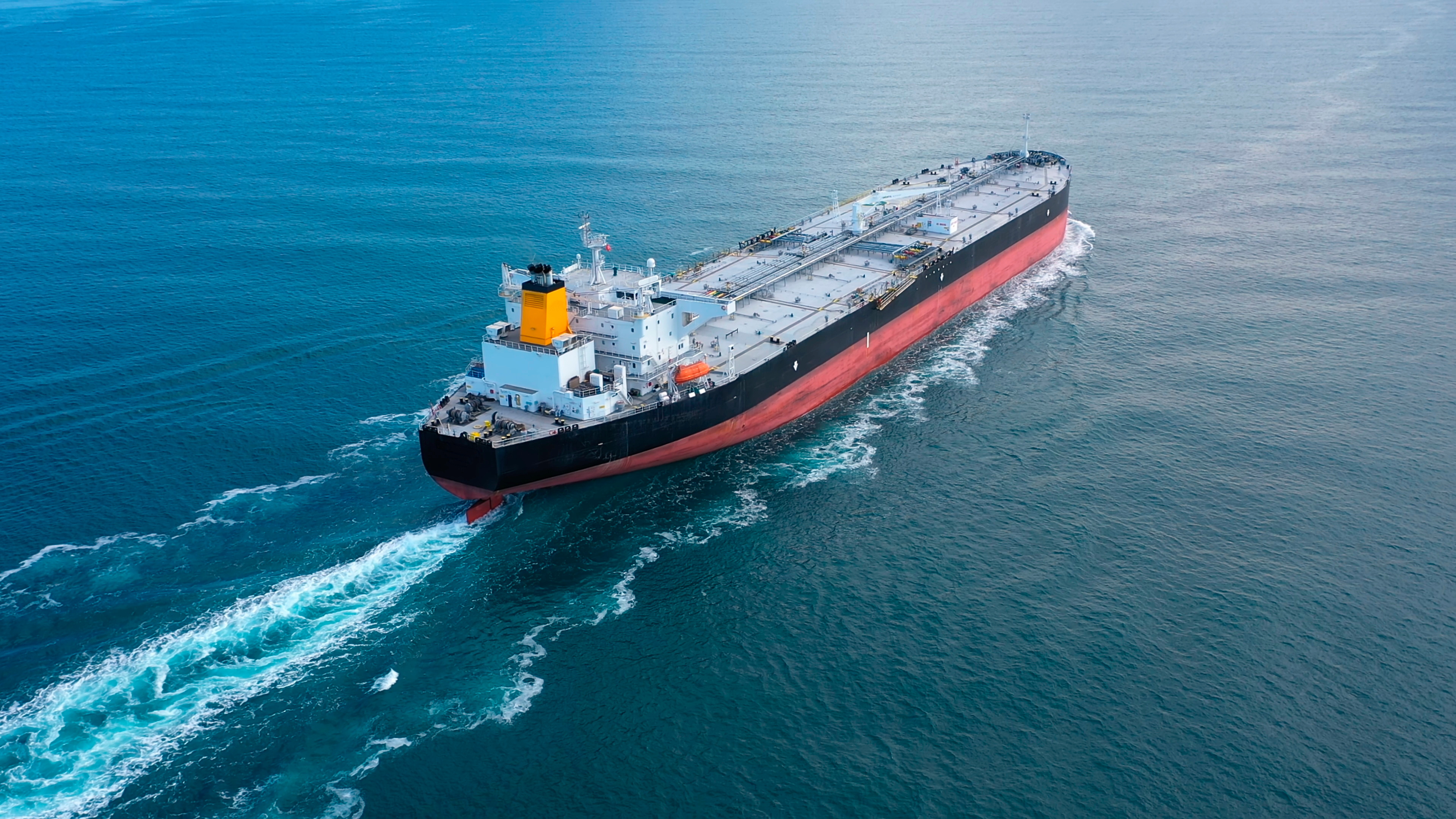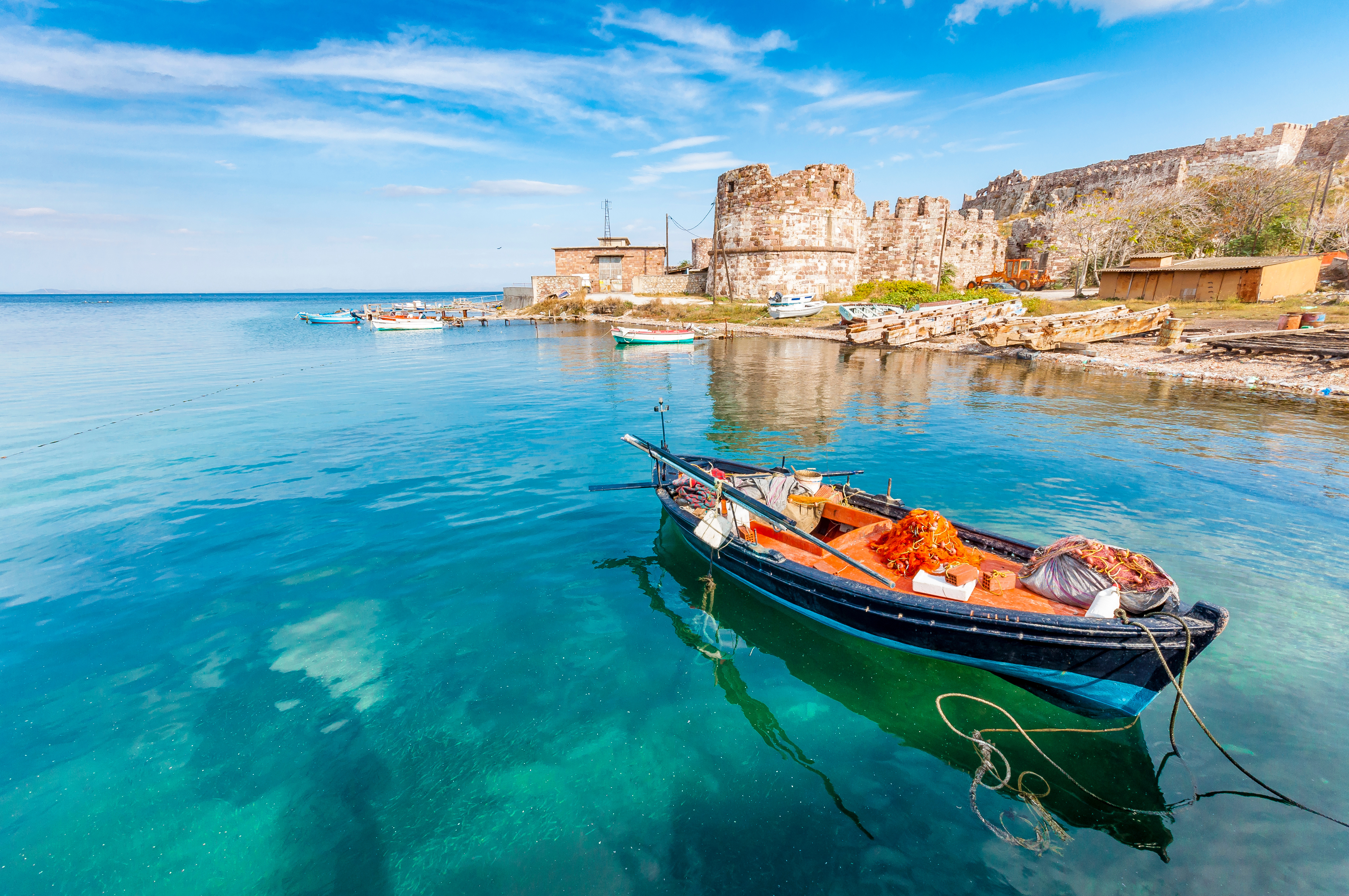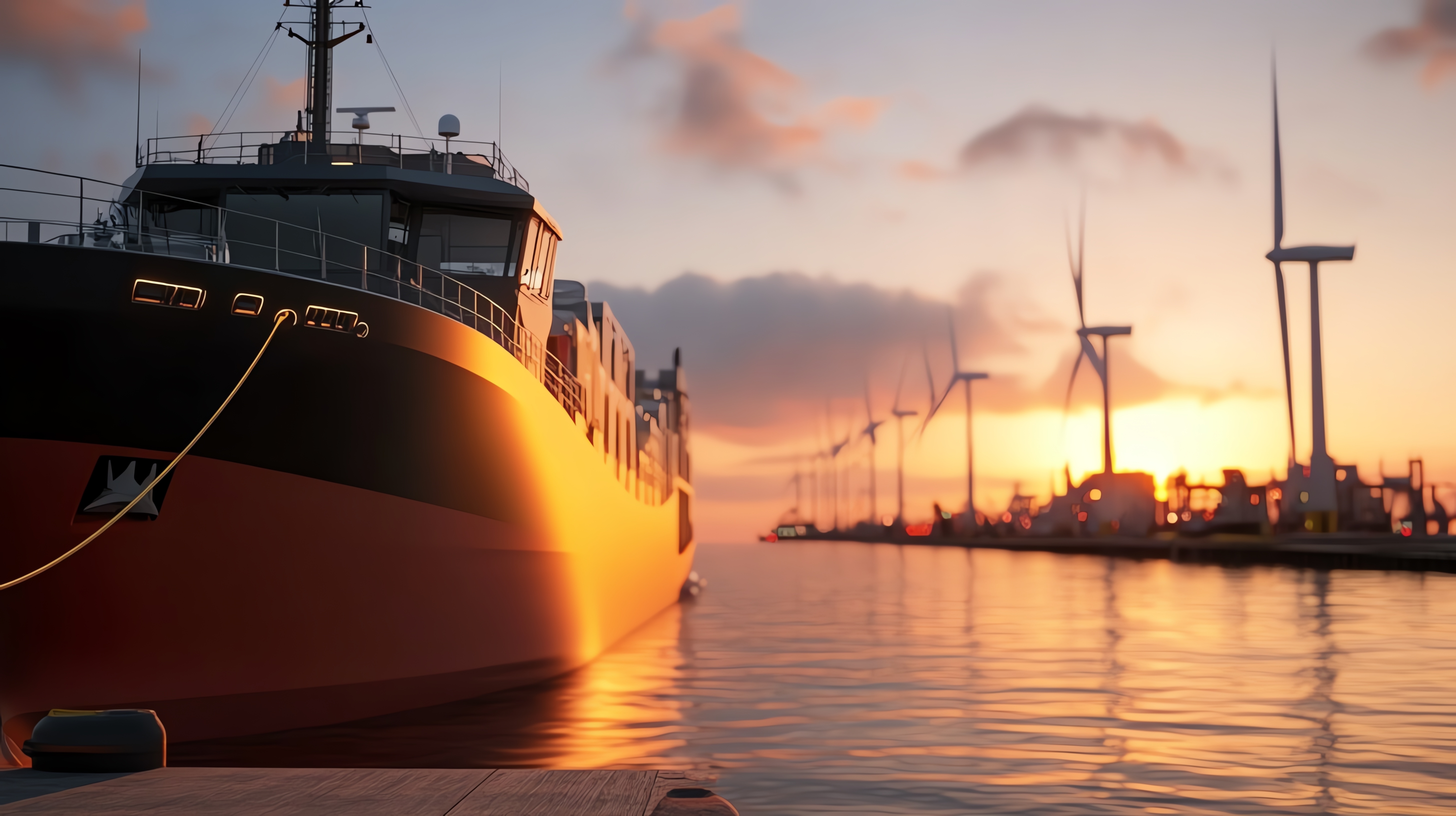To support the safe adoption of ammonia as fuel, the International Maritime Organisation (IMO) recently released interim safety guidelines MSC.1/Circ.1687. These guidelines provide a high-level safety framework for ships powered by ammonia, offering direction until more experience and data are available.
The guidelines begin by defining essential terminology, such as “ammonia,” “fuel consumer,” and “toxic space,” and introduce the concept of alternative design paths. If designers propose arrangements different from those specified in the guidelines, they must demonstrate equivalency in safety, subject to approval by the relevant maritime administration.
At the core of the guidelines lies a detailed set of functional requirements. These include ensuring that safety, reliability, and dependability are on par with conventional oil-fuelled systems. Critical design considerations include minimising ammonia leaks and toxic gas accumulations, protecting components from external damage, ensuring robust detection and alarm systems, and providing for safe storage, supply, and bunkering operations. Notably, the guidelines stress that no single system failure should result in an unsafe or unreliable condition.
In terms of ship design and arrangement, the guidelines detail how fuel tanks and piping must be placed to avoid damage during collisions and to ensure ammonia is safely vented or contained. Fuel preparation rooms and tank connection spaces must be designed with gas-tight boundaries, ventilation systems, and water screens to handle leaks safely. Entrances to such spaces require airlocks and clear emergency access.
Fuel containment systems must ensure that leaks do not pose danger to the vessel or the crew, and ammonia should generally be stored in a refrigerated state at atmospheric pressure. The design must also consider pressure relief and tank venting systems, which are subject to stringent requirements, including minimum vent heights and safe discharge arrangements.
When it comes to materials and piping, the guidelines ensure compatibility with ammonia, which is known to cause stress corrosion cracking in certain metals. Piping must be robust, thermally insulated where necessary, and designed to avoid the accumulation or phase change of fuel.
Bunkering procedures are addressed in detail to prevent fuel leaks or accidental discharges during refuelling. This includes requirements for hose design, manifold configuration, purging systems, and emergency release systems to ensure safe operations even under adverse conditions.
Fuel supply systems must include redundancy and isolation capabilities so that a failure in one line doesn’t result in unacceptable power loss. Automatic and manual shut-off valves, double block and bleed systems, and release mitigation systems must be in place to manage leaks or system shutdowns safely.
In relation to power generation and fuel consumers, the guidelines ensure that engines, exhausts, and auxiliary systems are designed to handle ammonia safely, preventing any accumulation of unburned fuel and providing proper venting and pressure relief mechanisms.
Further sections cover fire safety, requiring systems specifically tailored to handle the risks posed by ammonia, and explosion prevention, focusing on reducing ignition sources and the formation of explosive mixtures. A dedicated chapter on toxicity prevention outlines measures to minimise crew exposure to toxic ammonia vapours, from equipment layout to ventilation and personal protective equipment.
Overall, these guidelines provide a structured but adaptable framework, combining technical specifications with performance-based principles. Finally, it's important to note that these are interim guidelines. The IMO recognises that ammonia as a marine fuel is still new, and more data is needed. That’s why the guidelines are designed to be flexible and open to revision. Member states are encouraged to report their experiences back to the IMO so that the standards can evolve.
The Interim Guidelines for the Safety of Ships Using Ammonia as Fuel are a crucial step toward making ammonia as a fuel viable in global shipping. They offer a balance between safety and innovation—setting out clear goals and requirements while allowing room for different technical solutions.





